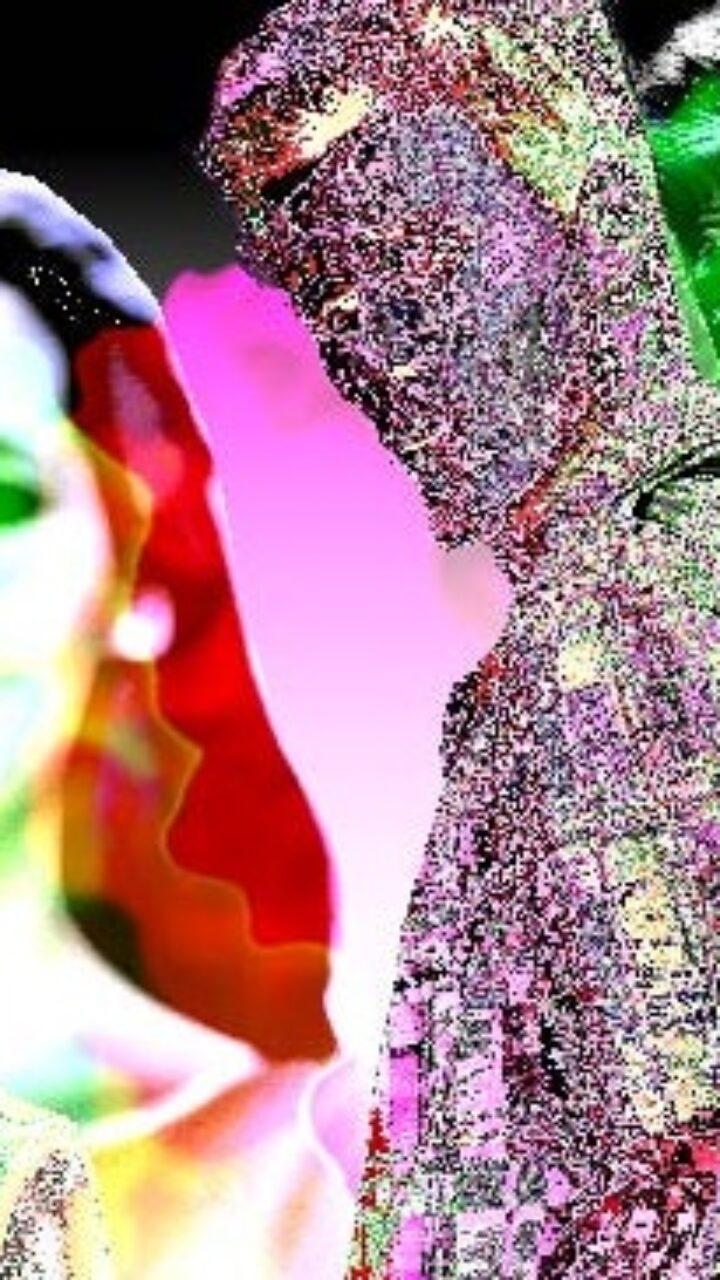AI Is Rewriting Meme History
In recent years, memes have become a ubiquitous form of online content that encapsulates humor, sarcasm, and cultural references. From Grumpy Cat to the ”Distracted Boyfriend,” memes have played a significant role in shaping internet culture. However, with the rise of Artificial Intelligence (AI), meme creation and evolution have taken a new turn, resulting in the rewriting of meme history.
AI has revolutionized numerous industries, and its impact on the meme ecosystem is no exception. Before AI, meme creators relied on their creativity, pop-culture knowledge, and wit to design amusing images or videos. However, the advent of AI-powered meme generators has made the process faster, more accessible, and, in some cases, even more hilarious.
One notable AI meme generator is OpenAI’s DALL-E, which uses a GPT-3 (Generative Pre-trained Transformer 3) model to generate unique and imaginative memes. DALL-E can create memes, even if the concept itself doesn’t exist. For instance, it can generate a meme featuring a giraffe wearing a chef’s hat and riding a unicycle, an image that would be challenging for a human to conceptualize. Such AI-generated memes are not only delightful but also offer a peek into the creative capabilities of machine intelligence.
AI has also made it easier to personalize and remix existing memes, giving birth to new variations and even meme subgenres. Several AI-powered tools allow users to convert their own personal photos or videos into memes, enabling a level of customization that was previously unattainable. This has led to the creation of “reaction memes,” where people incorporate their own expressions or funny moments into popular meme formats, making them relatable and hilarious to a broader audience.
Furthermore, AI has allowed for an even deeper exploration and analysis of meme trends and history. Researchers have used machine-learning models to study millions of memes, identifying patterns, themes, and even variations across different cultures and epochs. By analyzing these large datasets with AI, researchers have been able to trace the evolution of memes, discovering their origins, mutations, and how they have spread across different online platforms and communities.
AI’s impact is not limited to meme creation alone; it has also influenced meme consumption. Social media platforms, like Facebook, Instagram, and Twitter, employ AI algorithms to curate users’ feeds, offering them a tailored selection of content. These algorithms analyze users’ preferences, interactions, and behavior, making memes more discoverable and increasing their visibility. As a result, AI plays an essential role in enhancing the virality and propagation of memes, making them even more influential in contemporary culture.
While AI has undoubtedly revolutionized meme creation and consumption, concerns have been raised regarding the potential for misuse or amplification of harmful content. Just as AI can generate humor and entertainment, it can also generate offensive or deepfake memes that may perpetuate stereotypes, misinformation, or even cyberbullying. Recognizing these risks, social media platforms must implement robust content moderation systems that combine AI algorithms with human moderation to ensure the responsible use of AI-generated memes.
AI has undeniably rewritten the history of memes. Its computational power has enabled the creation of novel, imaginative, and personalized content, making memes even more accessible and widespread. The analysis of large meme datasets has deepened our understanding of the evolution and cultural significance of memes. However, as AI continues to shape the meme landscape, we must remain vigilant and implement safeguards to ensure the responsible and ethical use of this technology. By doing so, we can continue to celebrate the humor and creativity that AI brings to our online experiences while minimizing the risks associated with its misuse.

